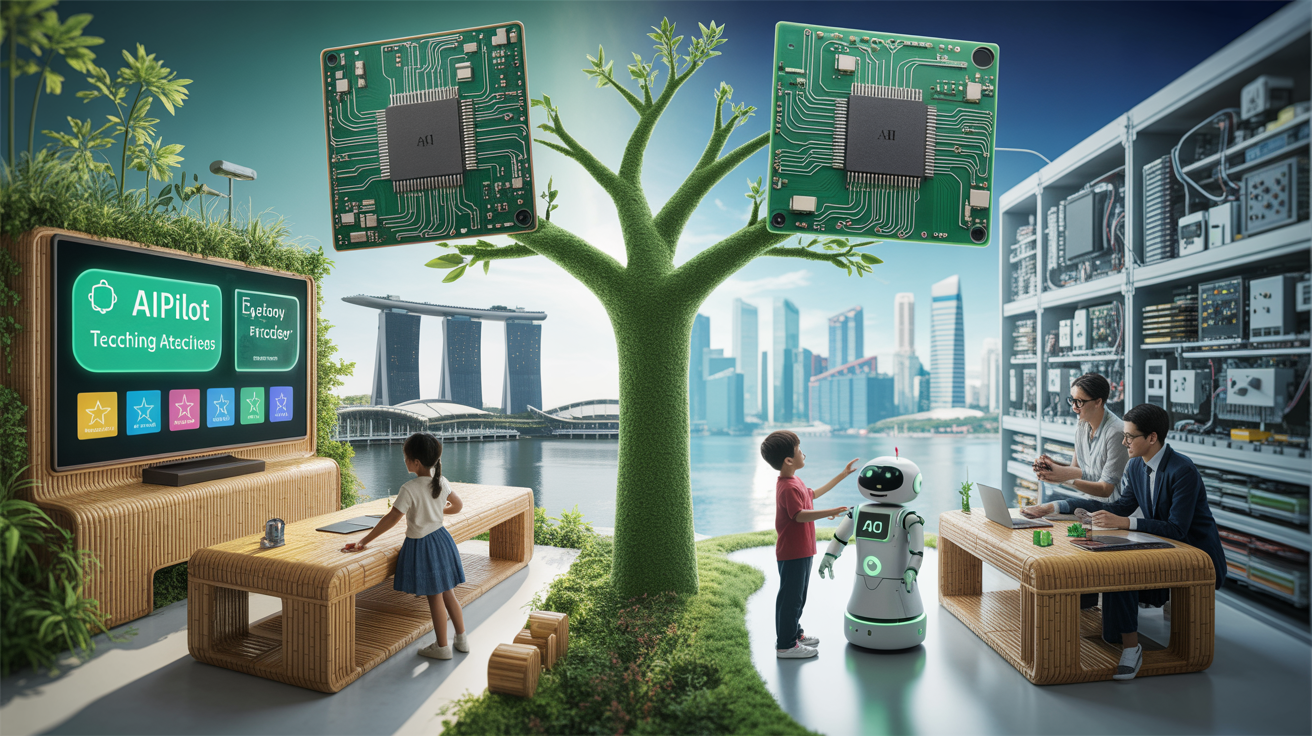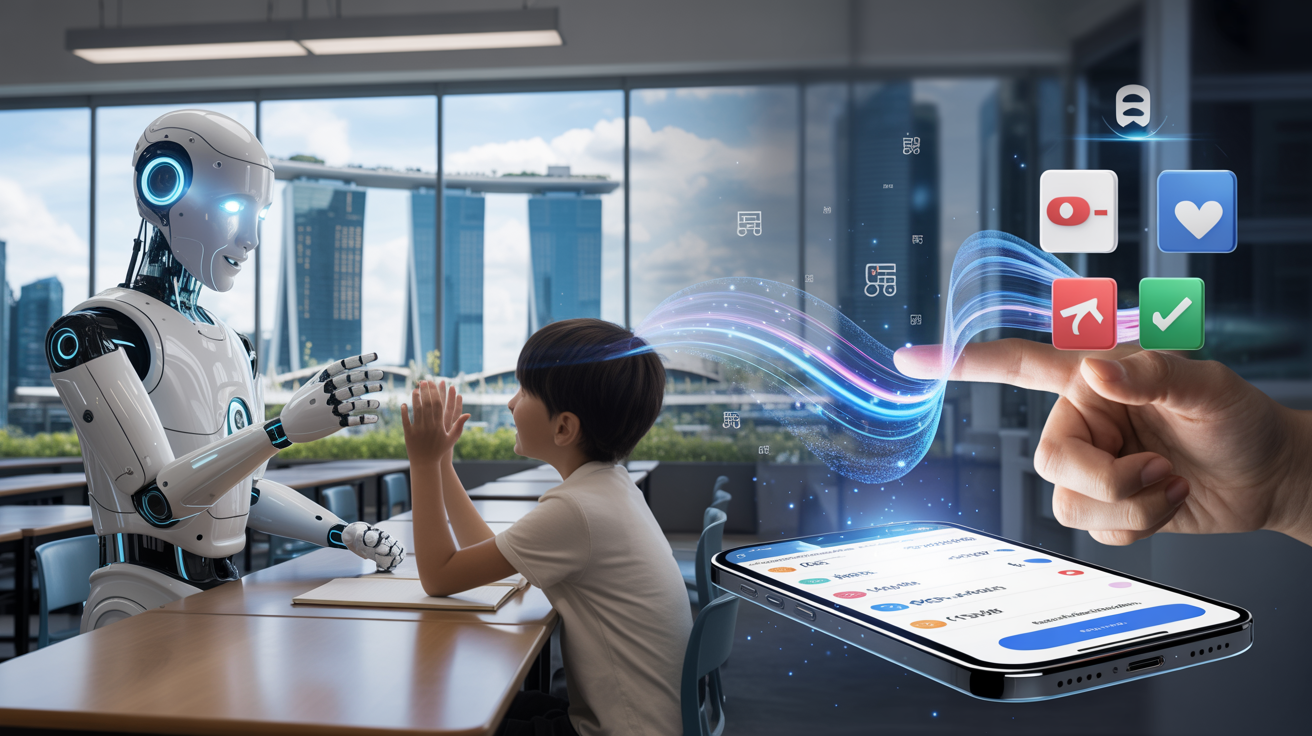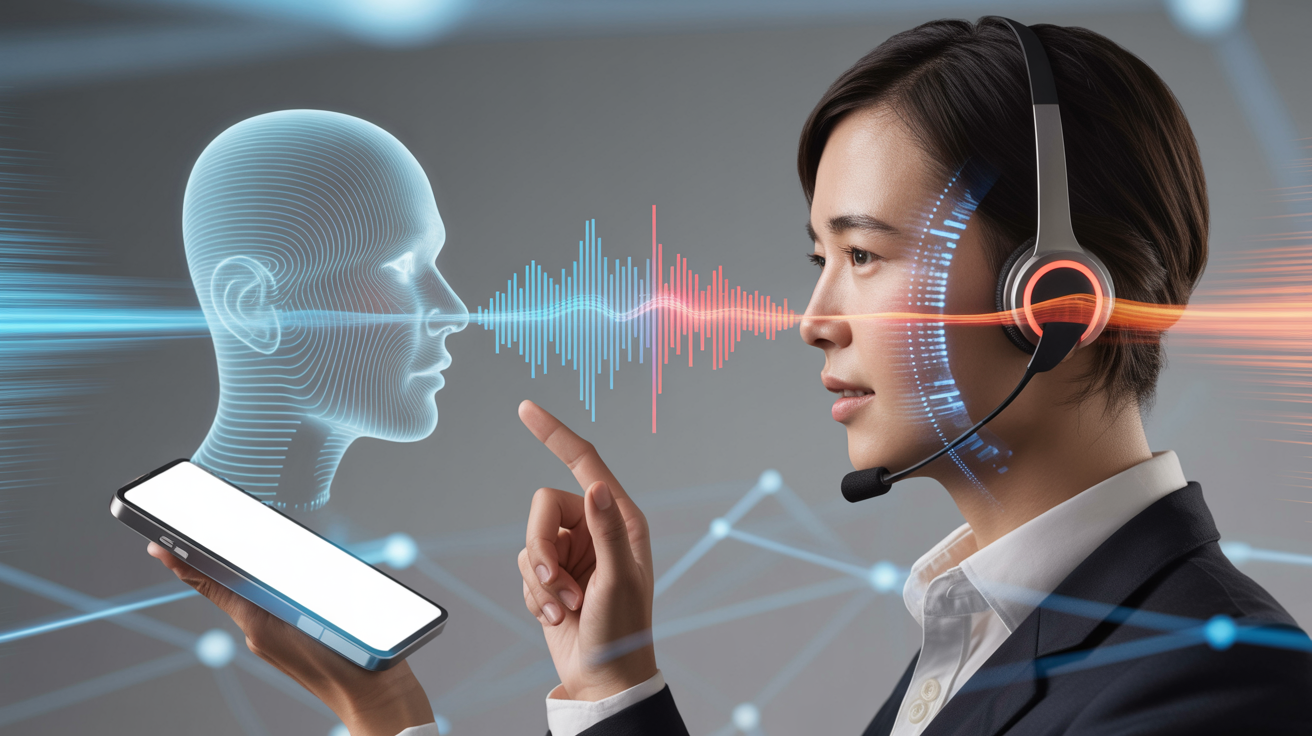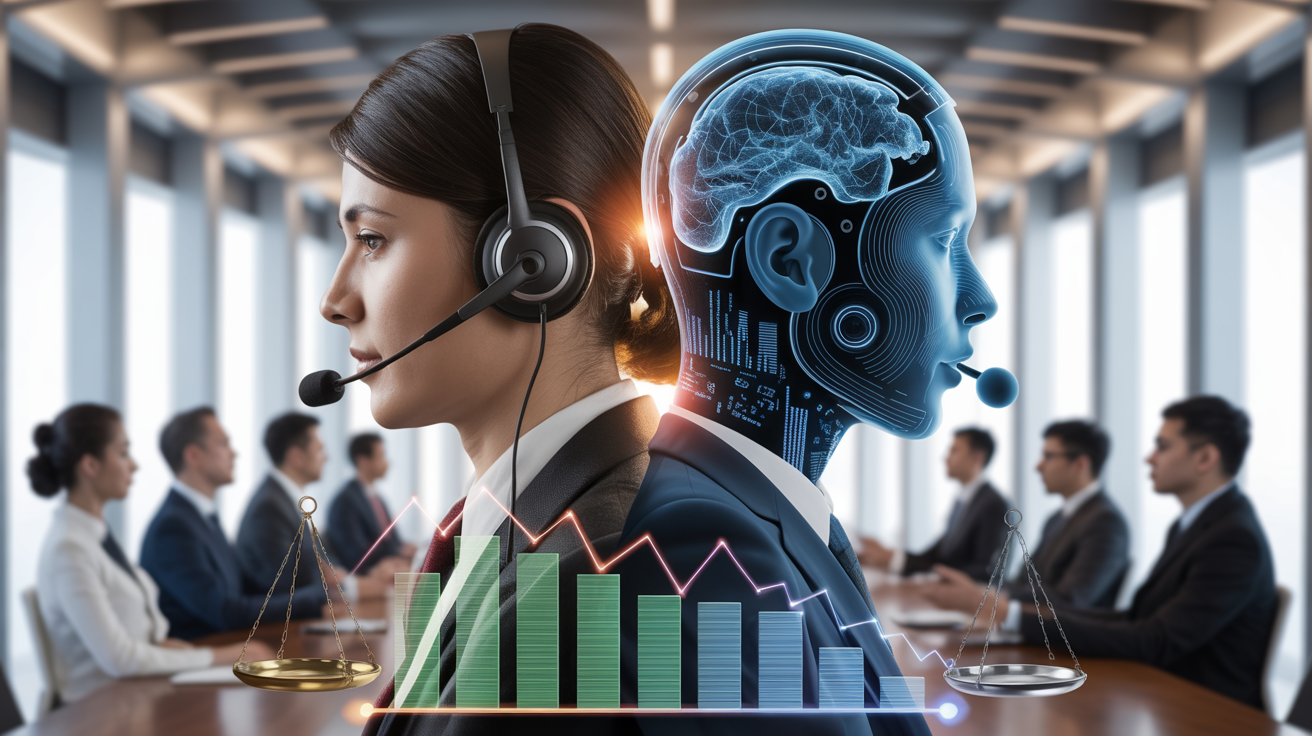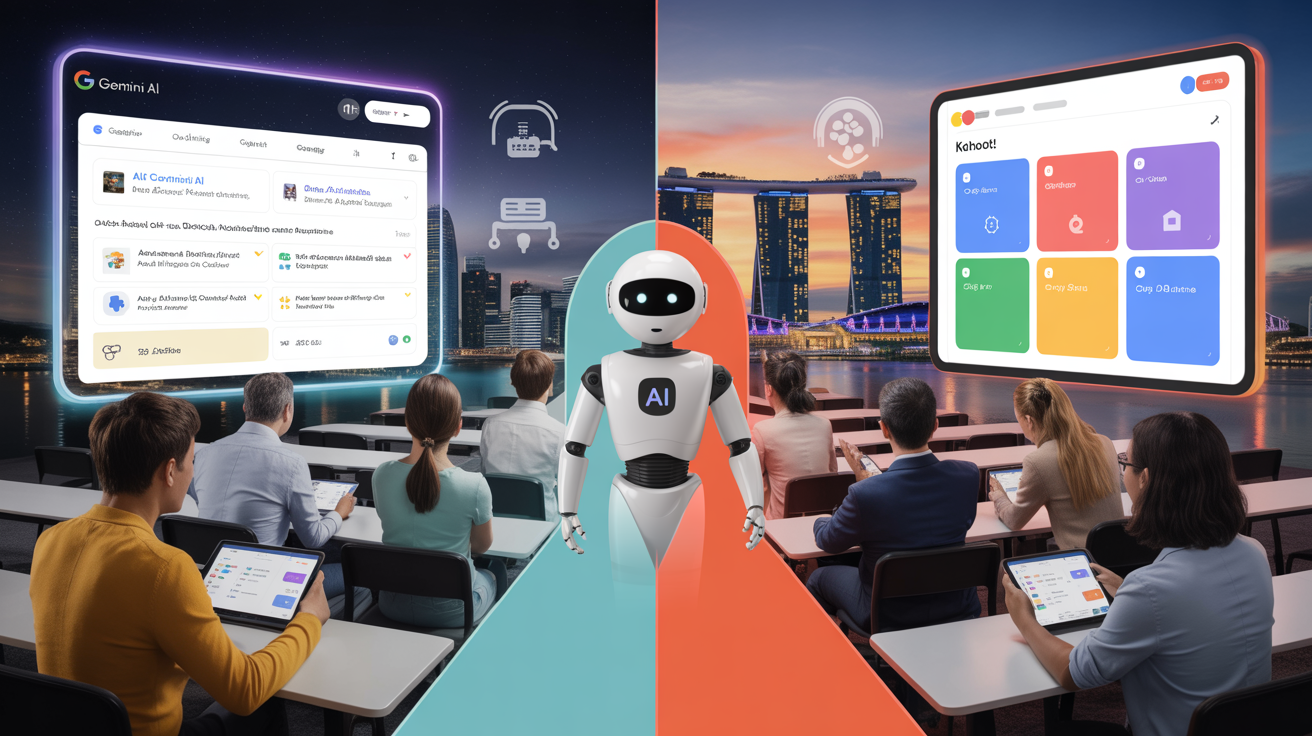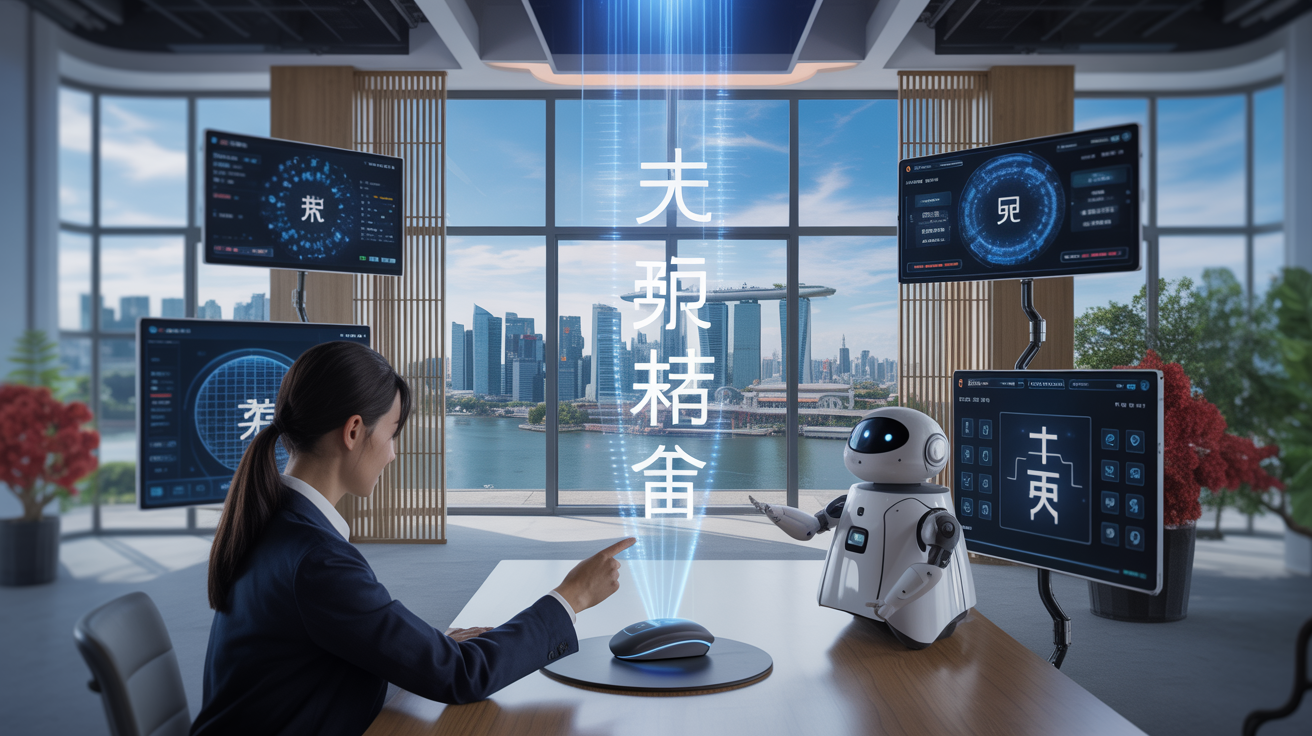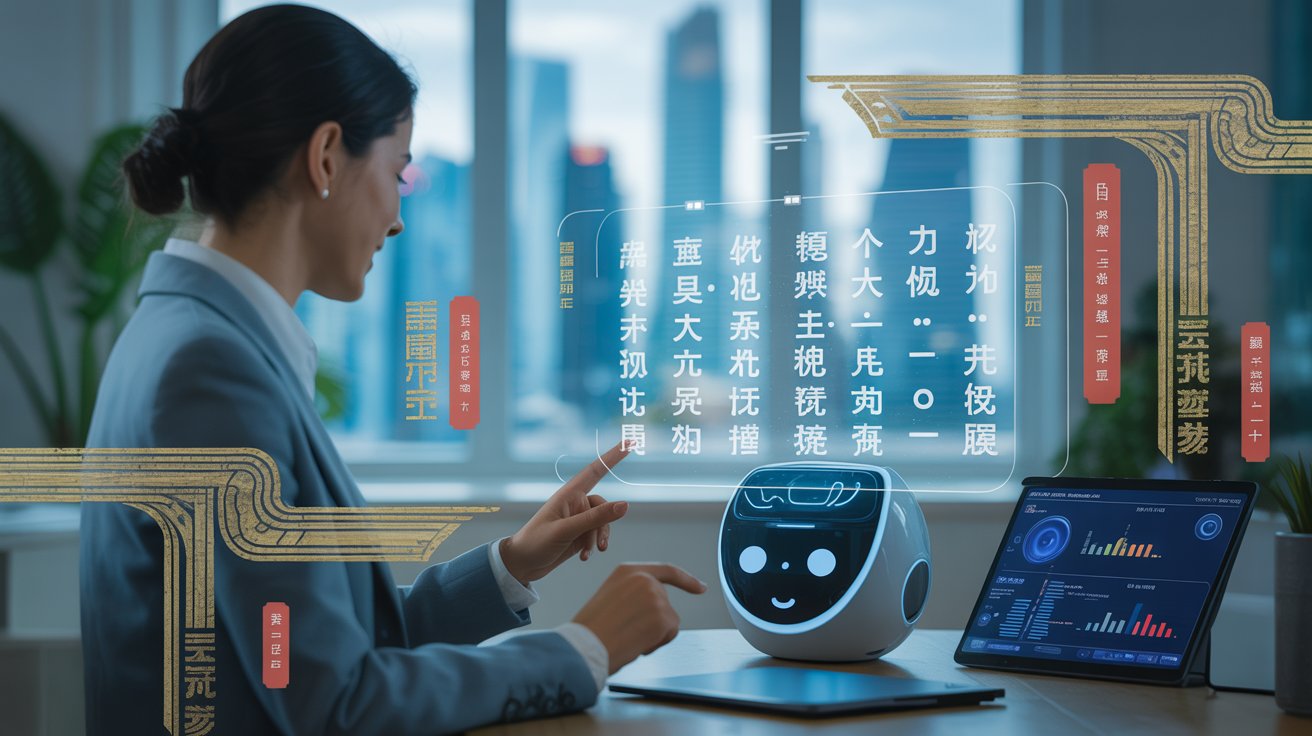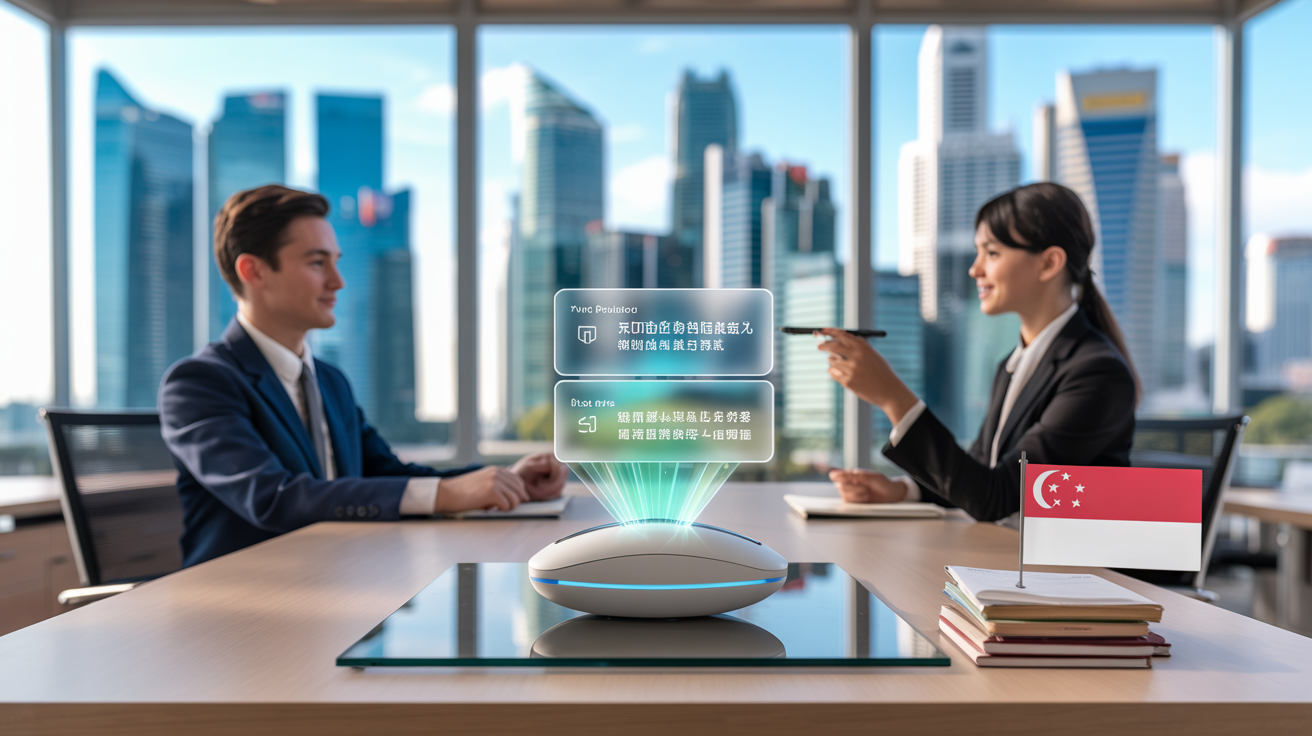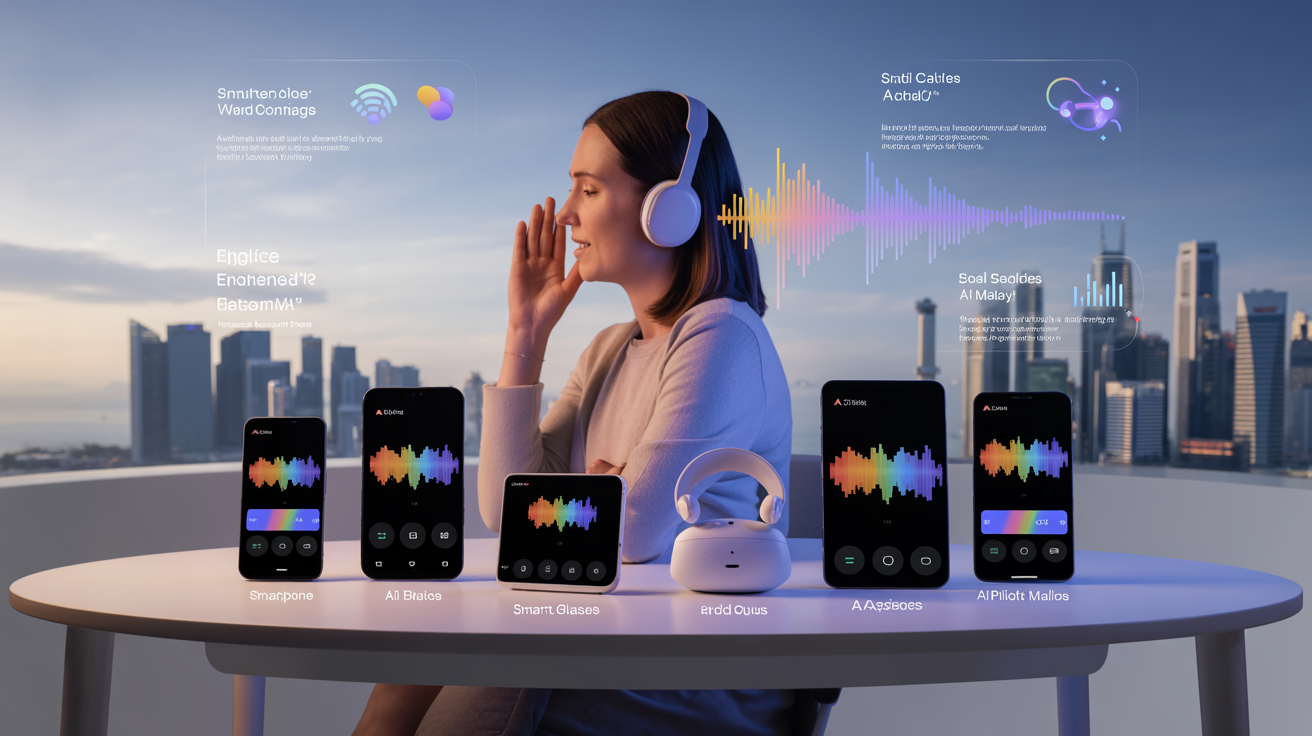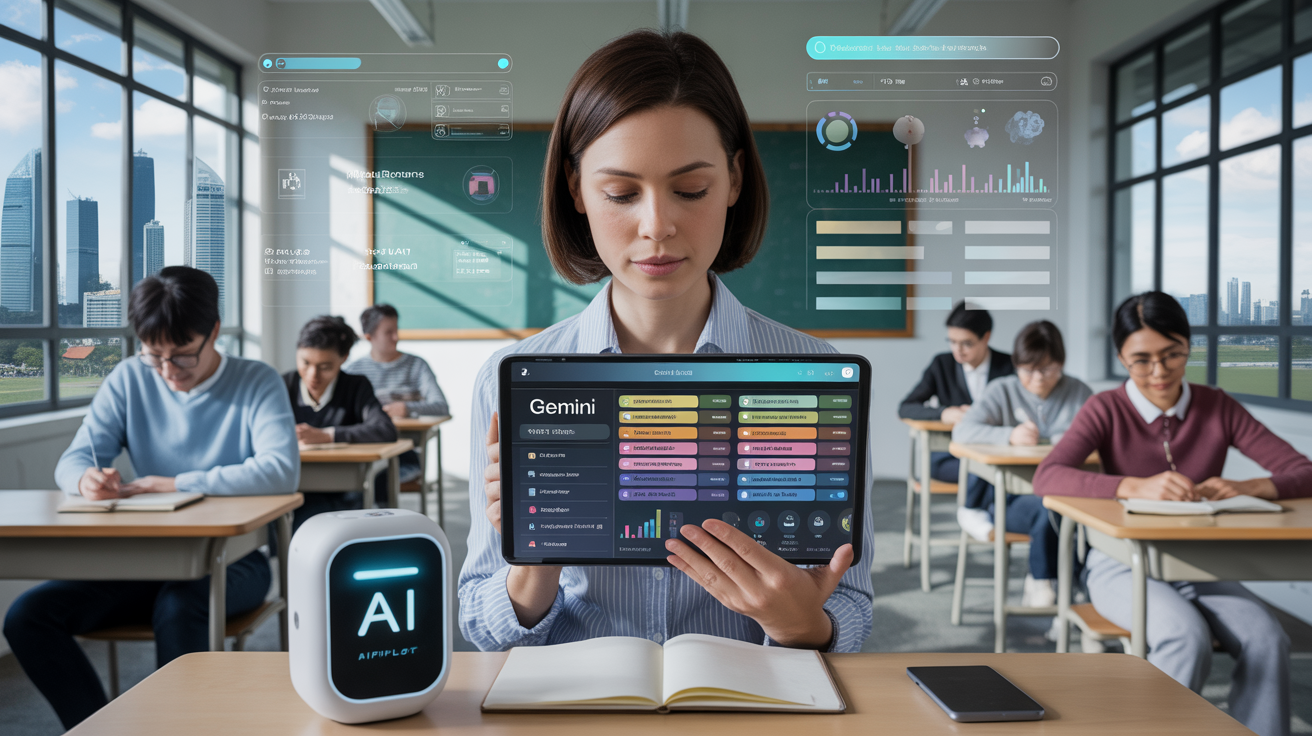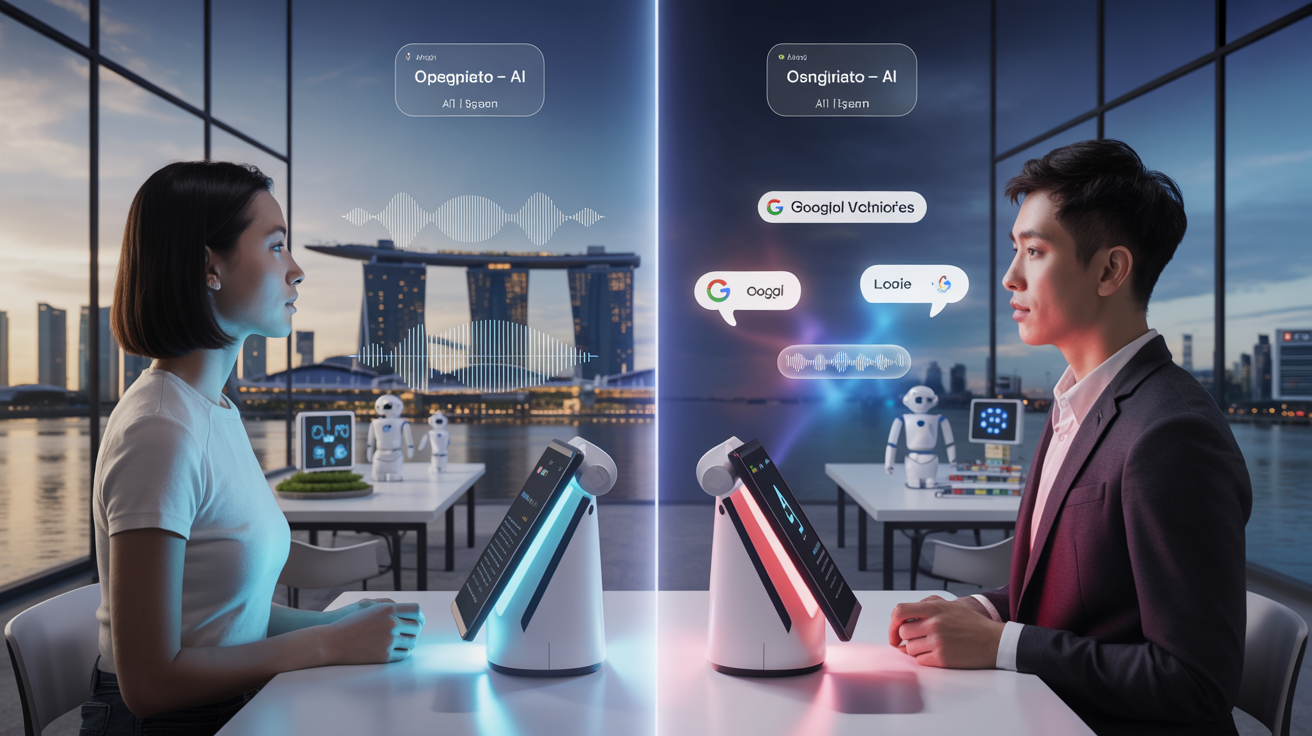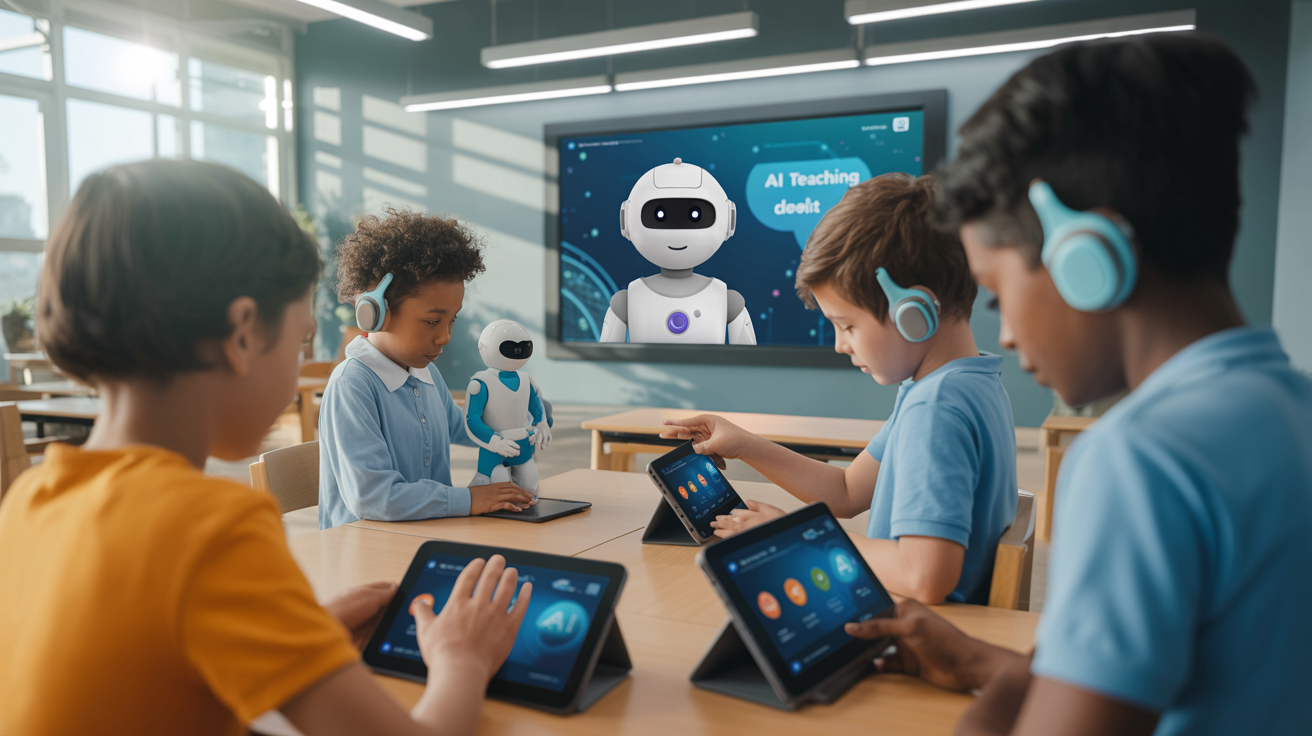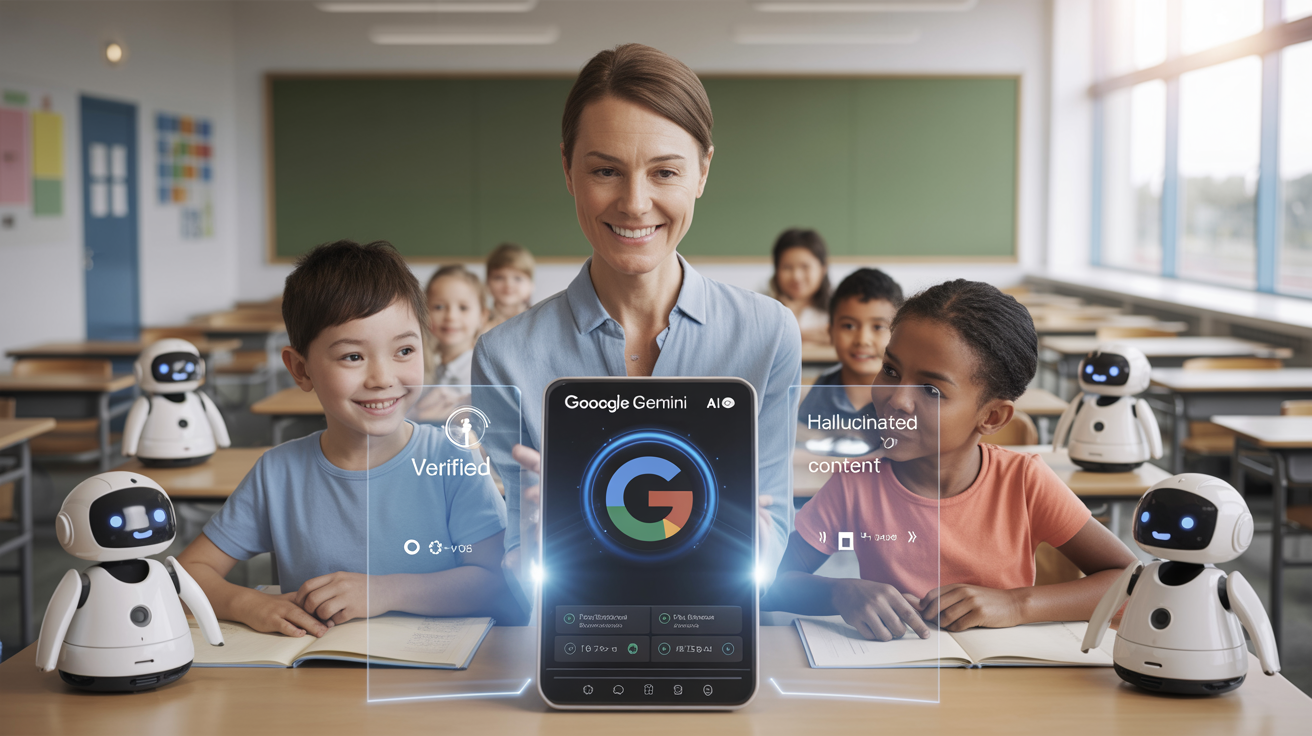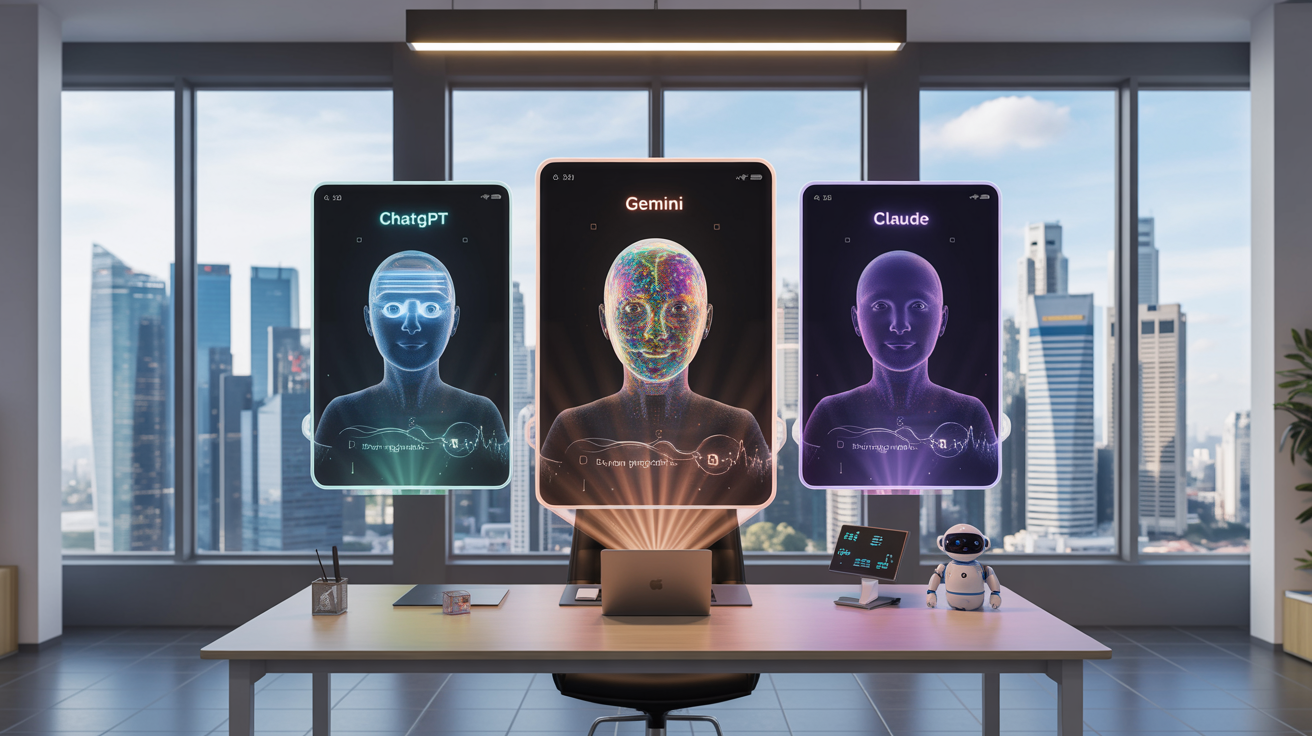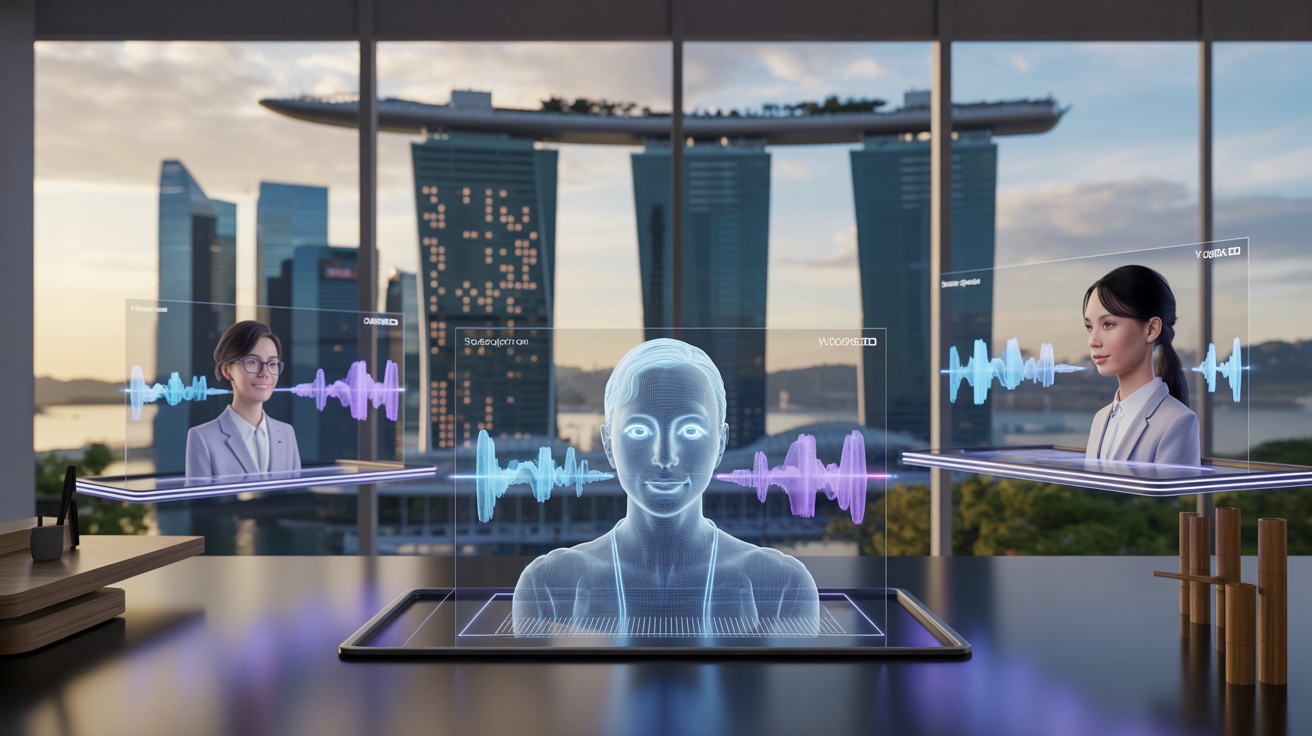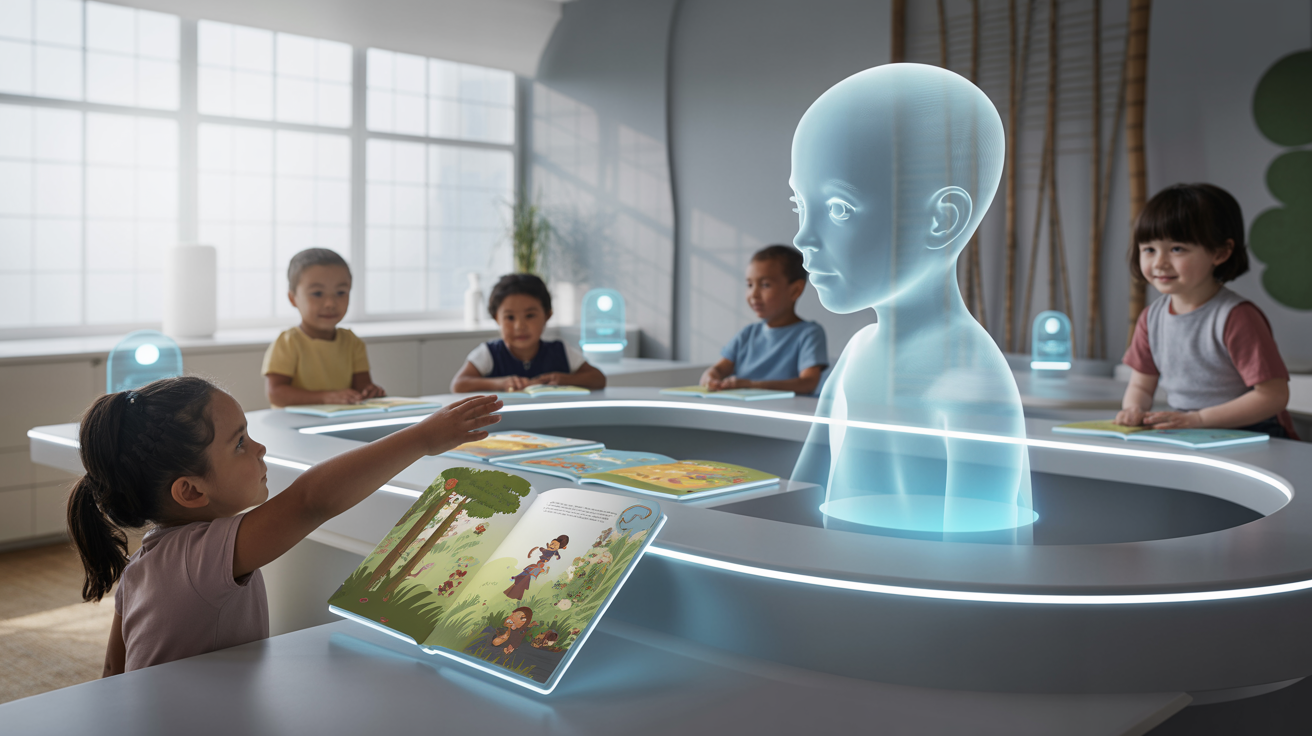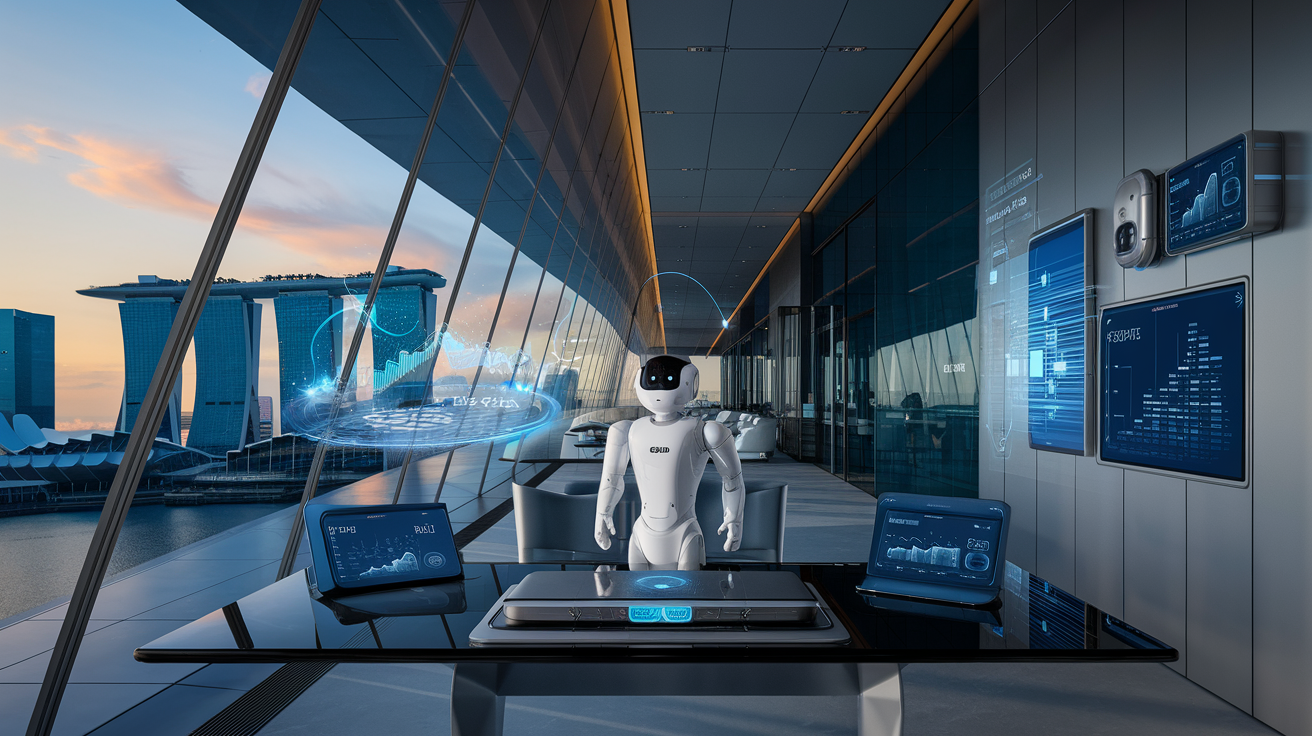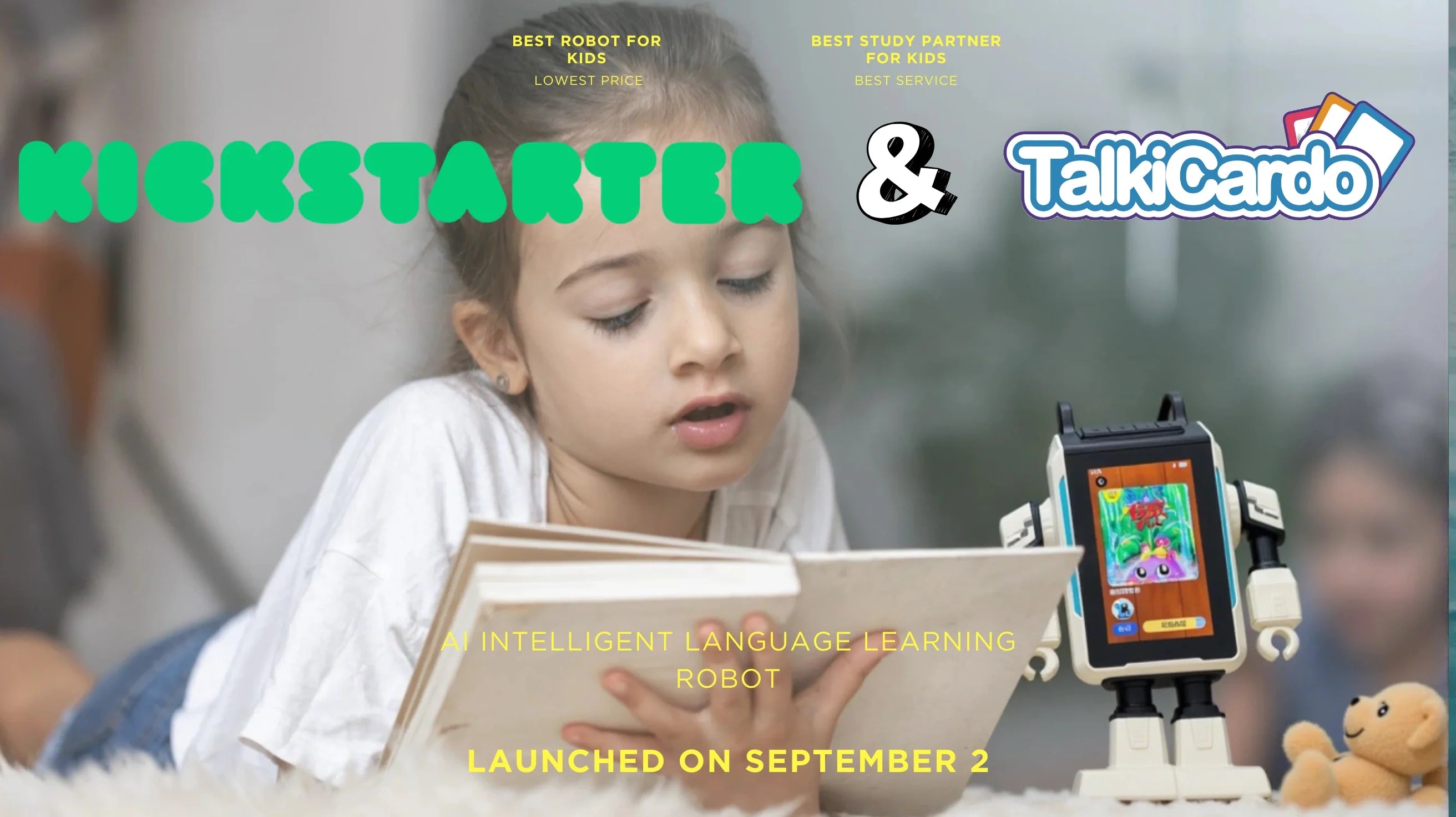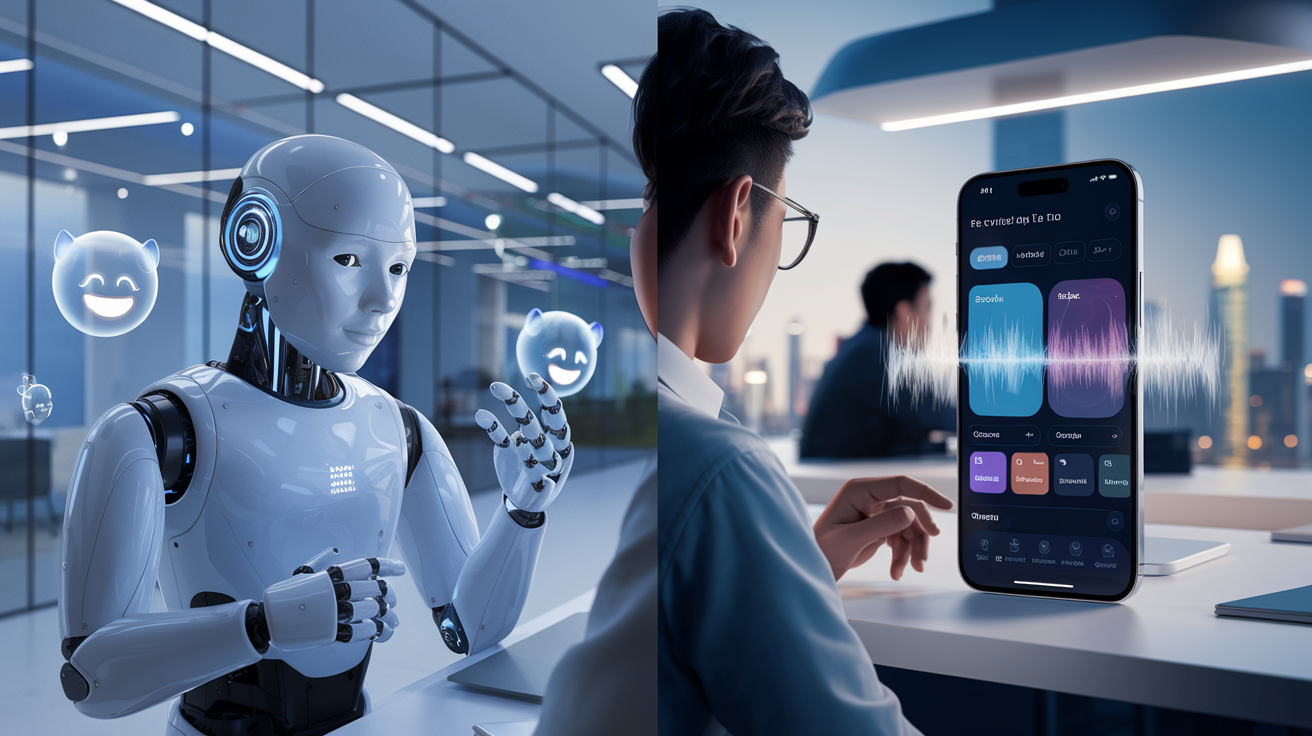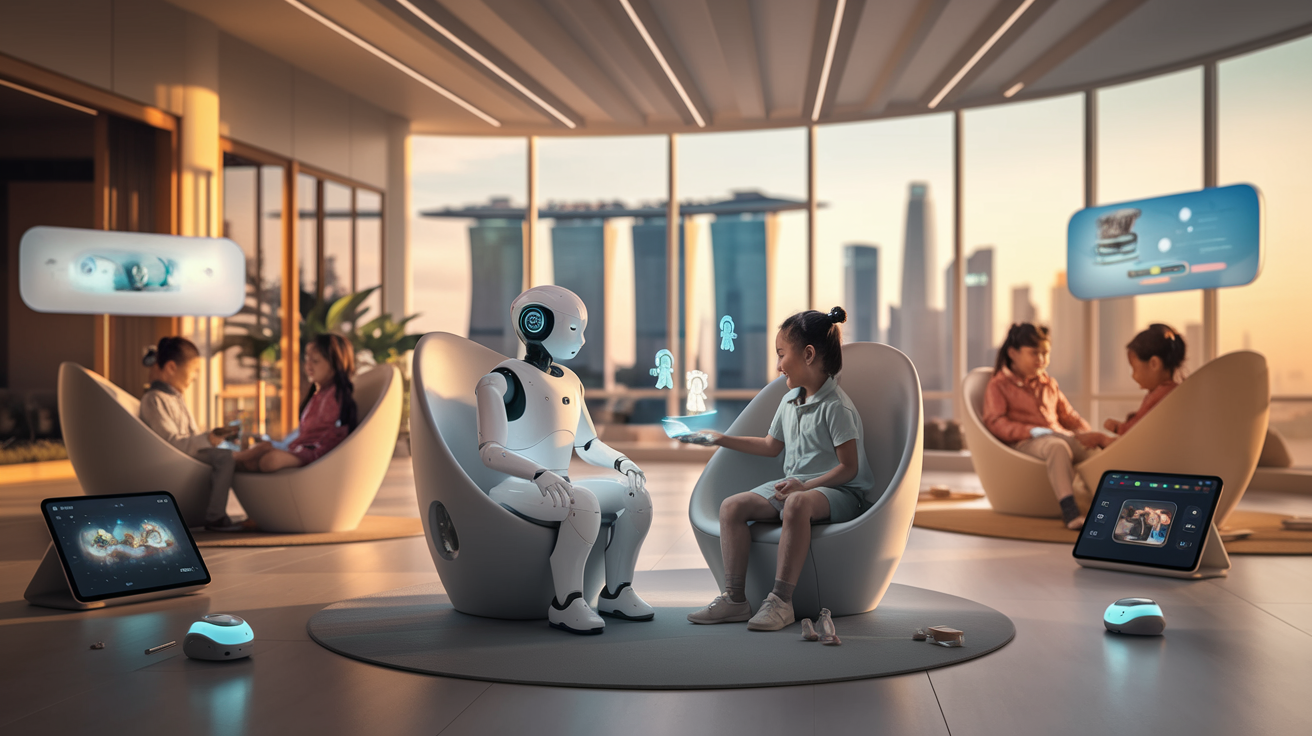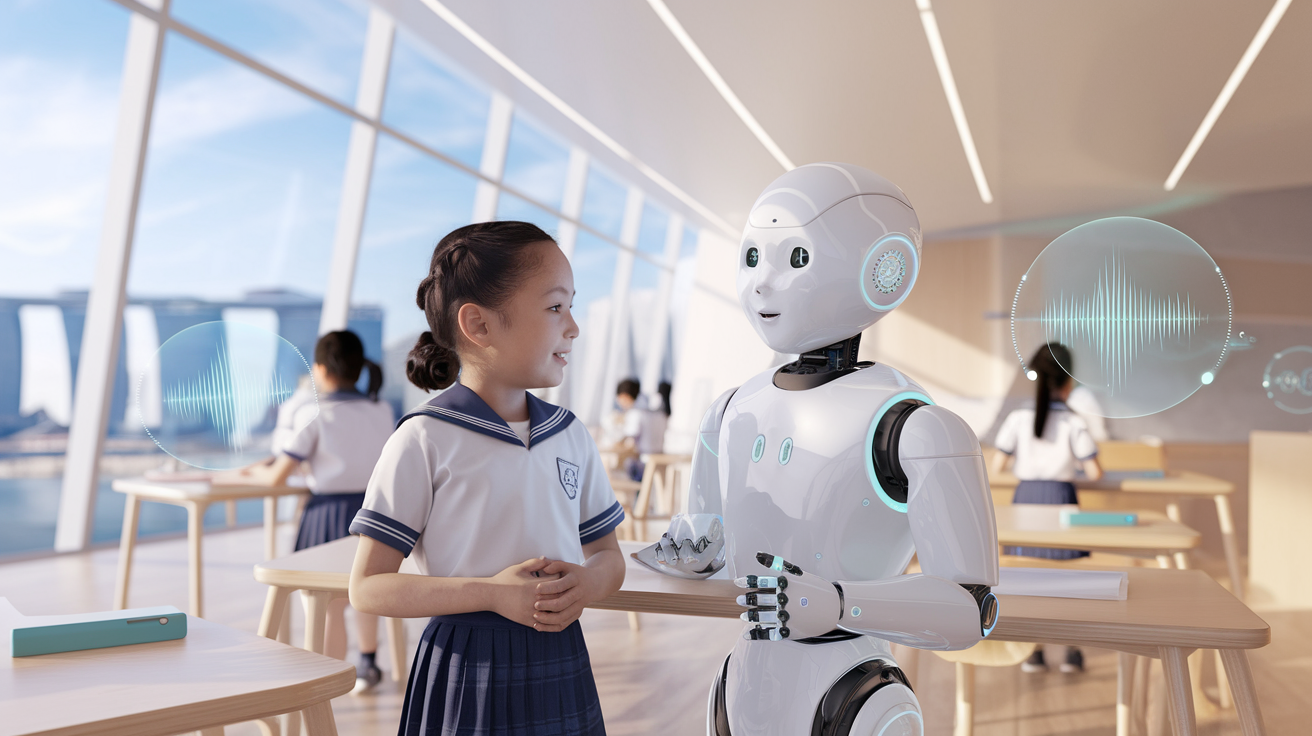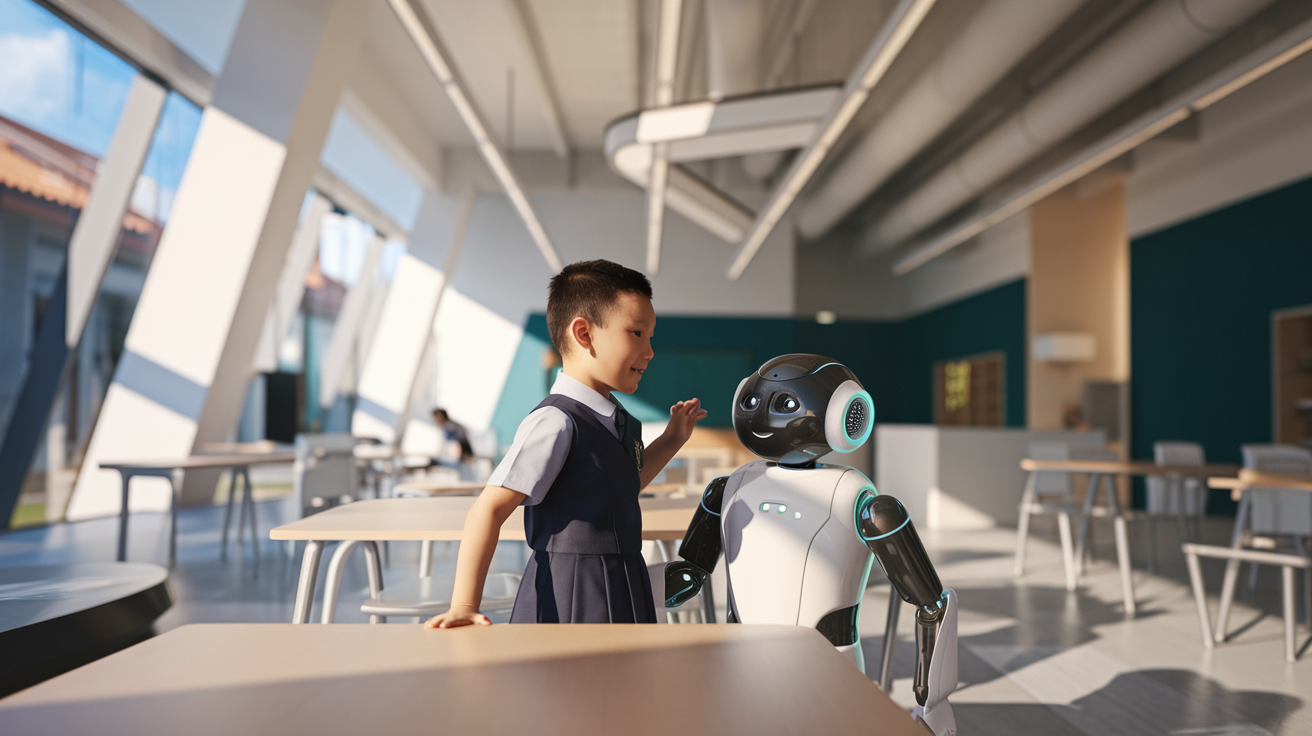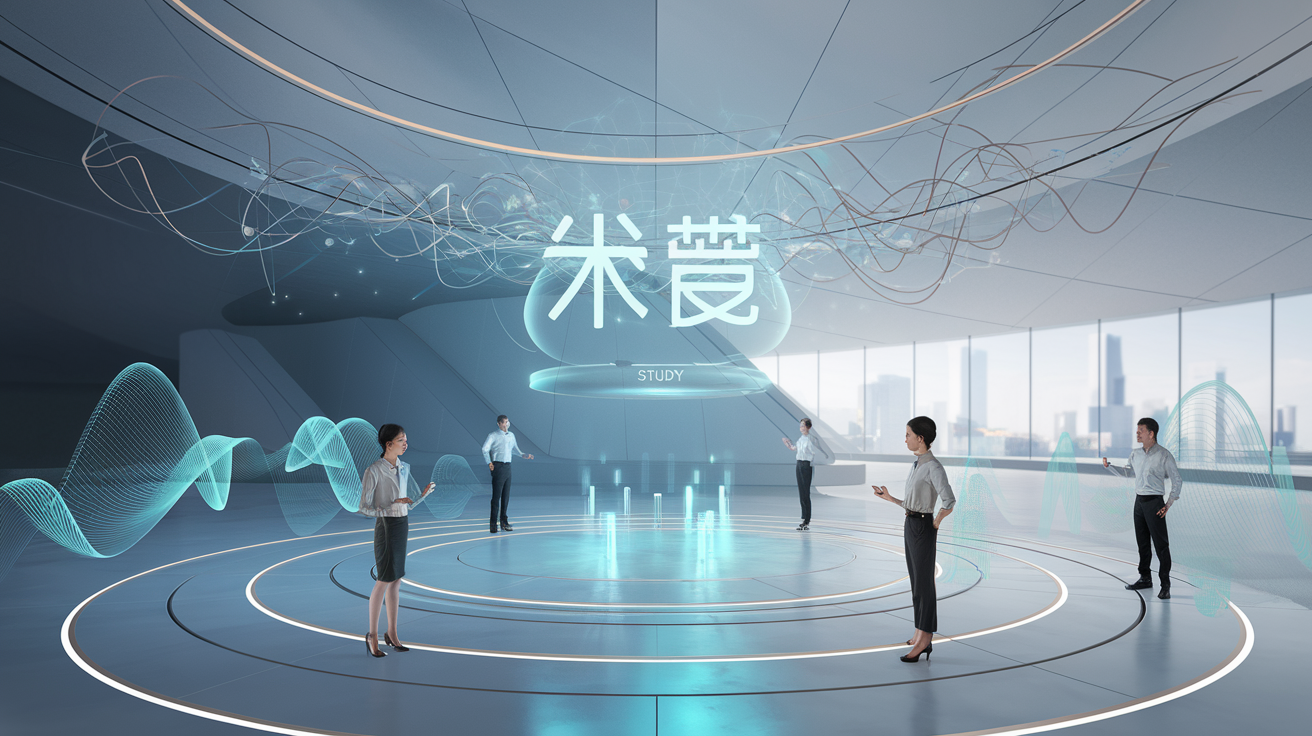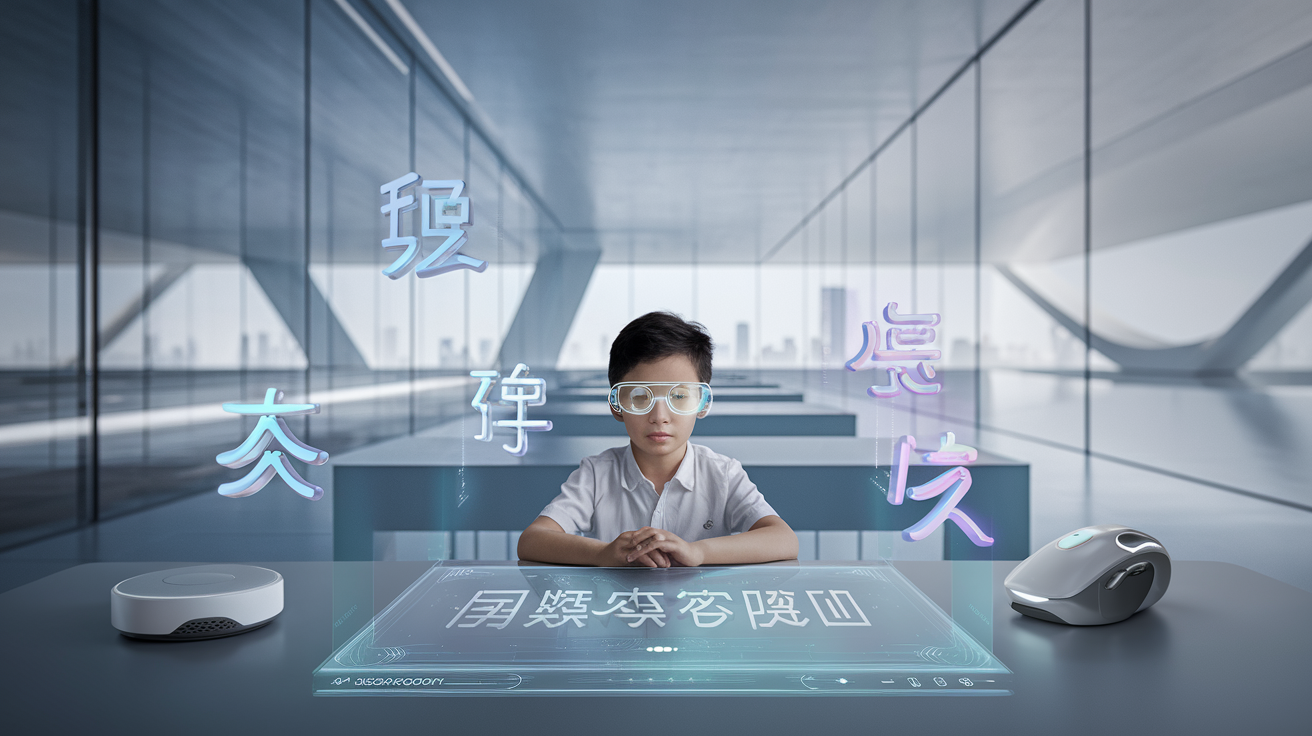
Panel Recap: Transformative Insights from ISTE & ATIA on Inclusive AI Learning
Posted by Aipilot on
Table Of Contents
- Introduction
- Key Themes from ISTE & ATIA Panels
- AI as an Accessibility Catalyst
- Personalized Learning Pathways Through AI
- Breaking Down Language Barriers in Education
- Ethical Considerations in Educational AI
- Implementation Strategies for Educational Institutions
- Future Directions: What's Next for Inclusive AI Learning
- Conclusion
Panel Recap: Transformative Insights from ISTE & ATIA on Inclusive AI Learning
The intersection of artificial intelligence and inclusive education took center stage at recent panels hosted by the International Society for Technology in Education (ISTE) and the Assistive Technology Industry Association (ATIA). These influential gatherings brought together thought leaders, educators, and technology innovators to explore how AI is reshaping accessibility and personalization in learning environments. As educational institutions worldwide embrace digital transformation, these discussions highlighted groundbreaking approaches to ensure that AI advances benefit all learners, regardless of their abilities, language backgrounds, or learning styles.
This comprehensive recap delves into the most significant insights shared across these panels, examining both the transformative potential of AI in education and the thoughtful implementation required to create truly inclusive learning experiences. From AI-powered accessibility tools to personalized learning pathways and multilingual support systems, we'll explore the innovations that are breaking down barriers and opening new possibilities for students and educators alike.
Key Themes from ISTE & ATIA Panels
The convergence of experts at both ISTE and ATIA conferences revealed several consistent themes that dominated discussions about the future of AI in inclusive education. Panelists repeatedly emphasized that we're witnessing not just incremental improvements but a fundamental shift in how technology can support diverse learning needs.
Educational leaders across panels highlighted four primary areas where AI is making the most significant impact on inclusive learning environments:
- Accessibility Enhancement: How AI tools are removing barriers for students with disabilities
- Personalization at Scale: The ability to customize learning experiences for individual needs while serving large populations
- Language and Communication Support: Breaking down communication barriers through translation and language processing technologies
- Emotional and Social Learning: Supporting not just academic needs but emotional well-being through intelligent systems
Dr. Maria Chen, Director of Educational Technology at Stanford University and a featured panelist at ISTE, noted: "We're moving beyond the question of whether AI belongs in education to focus on how we implement these technologies thoughtfully and equitably. The possibilities for creating truly inclusive environments have never been more promising."
AI as an Accessibility Catalyst
One of the most compelling narratives across both conferences was how AI is serving as a powerful catalyst for accessibility in educational settings. Panelists from ATIA shared numerous case studies where machine learning algorithms have transformed the learning experience for students with diverse abilities.
James Rodriguez, an assistive technology specialist who presented at ATIA, shared: "AI is fundamentally changing what's possible in accessibility. We're seeing tools that can predict and adapt to user needs in real-time, rather than requiring constant manual adjustments."
Real-time Visual and Audio Processing
Panelists discussed how advanced AI systems can now process visual and audio information in real-time, providing immediate accessibility accommodations. For students with visual impairments, AI-powered systems can describe images, diagrams, and even facial expressions during live interactions. Similarly, speech-to-text capabilities have reached unprecedented accuracy levels, allowing students with hearing impairments to participate fully in classroom discussions.
These capabilities align closely with innovations like TalkiCardo Smart AI Chat Cards, which use AI to facilitate safe and efficient communication for children. As demonstrated at the conferences, these types of tools represent a new generation of assistive technologies that adapt to users rather than requiring users to adapt to them.
Cognitive Accessibility
Beyond sensory accessibility, the panels explored how AI is addressing cognitive accessibility challenges. Intelligent systems can now adapt content complexity, provide customized scaffolding, and offer alternative explanations tailored to different learning profiles. For students with attention difficulties, dyslexia, or processing disorders, these adaptations can transform previously inaccessible content into engaging learning experiences.
"The most exciting advancement," noted Dr. Patricia Williams from ATIA, "is that these systems continue learning from interactions, becoming more effective over time at identifying when and how to provide support."
Personalized Learning Pathways Through AI
Both ISTE and ATIA panels emphasized that true inclusion goes beyond accommodation to embrace personalization. AI's ability to analyze learning patterns, identify strengths and challenges, and adapt content delivery accordingly represents perhaps its greatest contribution to inclusive education.
Robert Jackson, Chief Innovation Officer at a leading EdTech company and ISTE panelist, explained: "The traditional classroom has always faced the challenge of serving diverse learners simultaneously. AI allows us to create dynamically adjusting learning pathways that meet students where they are while still maintaining cohesive classroom experiences."
Intelligent Assessment and Feedback
Panelists showcased AI systems that can provide nuanced, immediate feedback on student work across multiple subjects. Unlike simple right/wrong assessments, these systems analyze patterns in student responses to identify conceptual misunderstandings and suggest targeted interventions. For writing development, AI tools can provide detailed feedback on structure, clarity, and argumentation while adapting to individual students' developmental stages.
The AI Teaching Assistant exemplifies this approach by providing visual learning support and personalized guidance that complements teacher instruction. Conference presentations highlighted how such tools are most effective when they enhance rather than replace human teaching relationships.
Adaptive Content Delivery
Educational experts at both conferences discussed how AI systems are revolutionizing content delivery by adapting not just difficulty levels but presentation modalities, pacing, and reinforcement schedules based on individual learning profiles. These systems can detect when a student is struggling with a particular concept and automatically adjust, providing additional examples, simplifying language, or offering alternative explanations.
"The holy grail of personalized learning," shared Dr. Michelle Lee at ISTE, "is creating systems that understand not just what a student knows, but how they learn best. AI is finally making this possible at scale."
Breaking Down Language Barriers in Education
A significant portion of the panel discussions focused on how AI is transforming multilingual education and creating more inclusive environments for language learners. As classrooms globally become increasingly diverse, language barriers often create significant challenges for both students and educators.
Real-time Translation and Interpretation
Panelists demonstrated advanced AI systems capable of providing near-instantaneous translation and interpretation in educational settings. These technologies allow students to access content in their native language while simultaneously building proficiency in the instructional language.
Tools like TalkiTrans AI-powered simultaneous interpretation system were cited as examples of how these technologies can transform education for multilingual learners. The panel highlighted that such systems not only translate words but maintain context and academic vocabulary across languages.
"When students can toggle between languages seamlessly, we see dramatic improvements in comprehension, participation, and confidence," noted language education expert Sofia Mendez at ISTE. "These tools don't replace language learning; they complement it by ensuring students don't miss critical content while developing proficiency."
Language Learning Enhancement
Beyond translation, AI is revolutionizing language acquisition itself. Panelists discussed intelligent language learning systems that adapt to individual learners' strengths, challenges, and native language influences. These systems can identify specific pronunciation patterns, grammar challenges, and vocabulary gaps based on a learner's linguistic background.
The conferences showcased how AI companions can provide 24/7 conversation practice, offer contextually appropriate corrections, and create personalized language learning pathways. Natural language processing capabilities allow these systems to engage in increasingly authentic interactions that build real-world communication skills.
Input devices like the AI Mouse are transforming how language learners interact with technology, enabling voice control and seamless conversion between voice and text to support multi-modal language learning.
Ethical Considerations in Educational AI
Both ISTE and ATIA panels dedicated significant discussion to the ethical dimensions of AI in inclusive education. Speakers emphasized that as these powerful technologies become more prevalent, careful consideration of potential risks and unintended consequences is essential.
Dr. James Wilson, ethics researcher and ISTE panelist, cautioned: "The same technologies that can personalize learning experiences can also potentially reinforce biases or create new forms of exclusion if not thoughtfully implemented. We need to approach educational AI with both enthusiasm and critical awareness."
Ensuring Algorithmic Fairness
Panelists discussed the importance of developing and auditing educational AI systems to ensure they serve all learners equitably. This includes examining training data for representation across diverse populations, testing systems with users from various backgrounds, and continuously monitoring outcomes for potential disparities.
"When we talk about inclusive AI," noted Dr. Aisha Johnson at ATIA, "we need to ensure the technology itself is developed inclusively from the ground up. This means diverse development teams and extensive testing with the full spectrum of intended users."
Privacy and Data Protection
Educational data privacy emerged as a central concern across panels. Speakers emphasized that as AI systems collect increasingly detailed information about learning patterns and behaviors, robust protections must be in place, especially for vulnerable populations like children with disabilities.
Panelists recommended clear data governance frameworks, transparent privacy policies, and giving students and families meaningful control over their data. Several speakers highlighted the importance of designing systems that can provide personalization benefits while minimizing unnecessary data collection.
Implementation Strategies for Educational Institutions
A practical focus of many panel discussions centered on effective implementation strategies for educational institutions looking to leverage AI for inclusive learning. Speakers shared frameworks, case studies, and lessons learned from early adopters.
Professional Development and Support
Panelists consistently emphasized that technology alone cannot create inclusive environments without well-prepared educators. Successful implementation requires comprehensive professional development that builds both technical competence and pedagogical understanding of how AI tools can support inclusive teaching practices.
"The most successful implementations we've seen," shared educational technology director Carlos Rivera at ISTE, "combine technology deployment with ongoing coaching and professional learning communities where educators can share experiences and strategies."
Hybrid Human-AI Approaches
Rather than positioning AI as a replacement for human instruction, panelists advocated for thoughtfully designed hybrid approaches that leverage both human and artificial intelligence. The most promising models used AI to handle routine tasks, provide initial feedback, and identify students needing intervention, while preserving meaningful human connections and judgment.
Case studies presented at both conferences demonstrated that students benefited most when AI tools enhanced rather than diminished human relationships in learning environments. This philosophy aligns with AIPILOT's approach of creating AI solutions that support rather than replace the critical human elements of education.
Future Directions: What's Next for Inclusive AI Learning
Looking to the horizon, panelists at both ISTE and ATIA shared visions of how AI will continue to evolve in service of inclusive education. Several emerging trends garnered particular attention and excitement.
Multimodal AI Systems
Future AI educational tools will increasingly integrate multiple modalities—vision, speech, text, and touch—to create truly accessible experiences. These multimodal systems will allow students to interact with learning content in ways that best match their abilities and preferences, seamlessly switching between modalities as needed.
"We're moving toward AI systems that don't just process language or images separately but understand the relationships between them," explained Dr. Sarah Chen at ATIA. "This creates incredible possibilities for accessibility, allowing students to engage with complex concepts through multiple pathways simultaneously."
Emotional Intelligence in Educational AI
Panelists highlighted the growing importance of emotional intelligence in educational AI. Future systems will better recognize and respond to students' emotional states, providing encouragement during frustration, celebrating achievements, and adapting to anxiety or confusion.
This emerging capability aligns with AIPILOT's commitment to supporting learners' psychological well-being. As demonstrated at the conferences, the most advanced educational AI systems recognize that effective learning requires emotional safety and support alongside cognitive challenge.
Collaborative AI in Learning Communities
Rather than focusing solely on individual learning pathways, future directions include AI systems designed to facilitate collaboration among diverse learners. These systems can bridge communication gaps, suggest productive group formations, and ensure all students can meaningfully contribute to collaborative projects regardless of differences in abilities or language backgrounds.
"The future of inclusive AI isn't just about personalizing individual experiences," noted educational futurist Dr. Michael Zhang at ISTE. "It's about creating connected learning communities where diversity becomes a strength rather than a challenge."
Conclusion
The insights shared at the ISTE and ATIA panel discussions reveal that we stand at a transformative moment in educational technology. AI is no longer just a promising future possibility but a present reality reshaping inclusive education in profound ways. From removing accessibility barriers to personalizing learning experiences and bridging language divides, intelligent systems are creating unprecedented opportunities for all learners to thrive.
However, the panels also emphasized that technology alone cannot create truly inclusive environments. Thoughtful implementation, ethical considerations, and maintaining the irreplaceable human elements of education remain essential. The most successful approaches view AI as a powerful tool for expanding human capabilities rather than replacing them.
As educational institutions continue this journey, partnerships between educators, technology developers, and learners themselves will be crucial in realizing the full potential of AI for inclusive education. By combining technological innovation with pedagogical wisdom and a commitment to equity, we can create learning environments where all students have the opportunity to develop their unique potential.
Discover AI-Powered Learning Solutions
At AIPILOT, we're committed to developing innovative AI technologies that make education more accessible, personalized, and engaging for all learners. Explore our suite of educational AI tools designed to support diverse learning needs and break down communication barriers.






